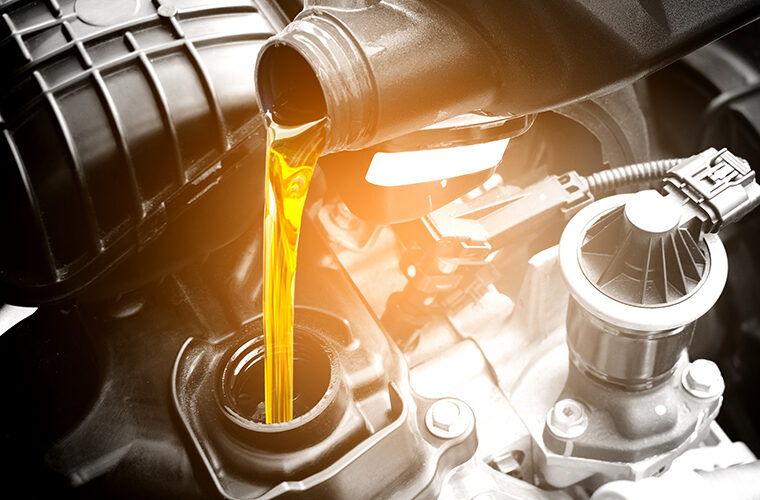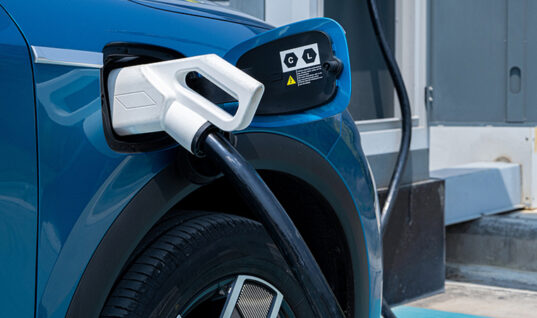The Verification of Lubricants Specifications (VLS) has warned of the dangers of using engine oils designed for modern vehicles in older cars.
Engine technology has evolved significantly over recent years. To meet government requirements for reduced emissions and consumer needs for economy and performance, smaller engines are running at higher temperatures to maximise efficiency, power output and fuel economy.
Longer oil drain intervals, taken together with smaller sumps and the need to minimise emissions, have created the need for less viscous, synthetic or semi-synthetic oils to provide the lubrication required in these challenging conditions.
But are these highly efficient, sometimes ultra-low viscosity lubricants suitable for the ageing vehicles being serviced in workshops?
The latest formulations are specifically developed for the most modern engines. Traditionally, when newer oils were developed, some were designed to be ‘backwards compatible’.
However, with an increasingly complex range of industry and OEM specifications, backwards compatibility cannot be assumed. Subtle yet important differences concerning viscosity characteristics and/or additive chemistries are reflected in specifications that must be acknowledged during regular servicing.
For example, a 2021 Volkswagen Polo 1.0 mpi requires an SAE 0W-20 engine oil complying with the latest VW 508.00 specification, part of which mandates very low high temperature, high shear properties (HTHS) to improve fuel efficiency. HTHS measures the viscosity or resistance to flow of an engine lubricant at elevated temperatures under constant shear.
This oil would be unsuitable for a 2017 Polo 1.0, which requires an SAE 5W-30 oil conforming to the older VW 504.00 specification, with higher and exclusively different HTHS properties. Use of a VW 508.00 compliant engine oil in place of VW 504.00 would potentially result in accelerated wear of engine components. In contrast, a VW 504.00 compliant engine oil instead of VW 508.00 would affect emissions and fuel economy.
Generally speaking, using the wrong oil risks accelerated wear, the formation of deposits, decreased fuel economy and damage to emission control devices. Left unchecked, it could lead to eventual engine failure, meaning higher maintenance costs for your customers and potential damage to your business’ reputation. If you put a low viscosity, low SAPS (Sulphated Ash, Phosphorous and Sulphur) oil in a vehicle requiring high levels of SAPS, it may not offer the wear protection required. The additives for a lower SAPS oil will differ as well. Additives help to provide the performance characteristics of an engine oil, but modern lubricants are designed to deliver performance through a thinner, less viscous oil that might not be suitable for older cars.
It could be tempting to use cheaper oils to offset rising costs. However, the cheapest possible oil could be a full SAPS oil intended for older vehicles. This could have a negative impact on the exhaust emission system, poison the catalyst or block the Diesel or Gasoline Particulate Filters, reduce the overall efficiency and result in failure of the particulate filter or catalyst, both expensive to replace. Too much phosphorous from a high SAPS oil can also poison the Selective Catalyst Reduction units designed to control Nitrogen Oxide emissions. Short term gain may lead to long term pain for you and your customers.
VLS strongly recommends referring to the vehicle handbook or using an online database to identify the correct oil for each and every vehicle. Looking beyond the viscosity to specific ACEA and OEM standards is essential. This ensures that the lubricant is fit for purpose in that specific vehicle. If you are in any way unsure of which oil to use, get in touch with the OEM.







